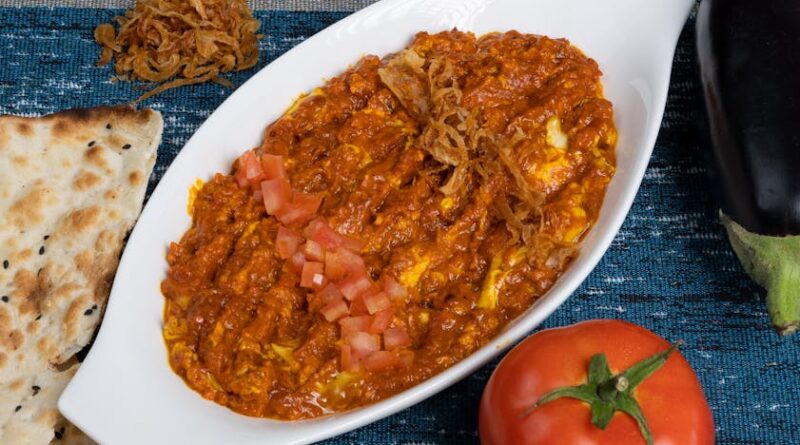Mastering the Art of Spice: How to Use Spices like a Pro
Spices have been an integral part of human civilization for centuries, adding flavor, aroma, and vibrancy to dishes across cultures and continents. From the exotic saffron of the Middle East to the fiery chili peppers of Latin America, spices have the power to transform ordinary meals into extraordinary culinary experiences. But using spices effectively requires more than just sprinkling them haphazardly into a dish. To truly harness the magic of spices, one must understand their nuances, flavors, and properties. In this comprehensive guide, we will delve into the world of spices and explore how to use them like a pro.
The History of Spices: A Flavorful Journey Through Time
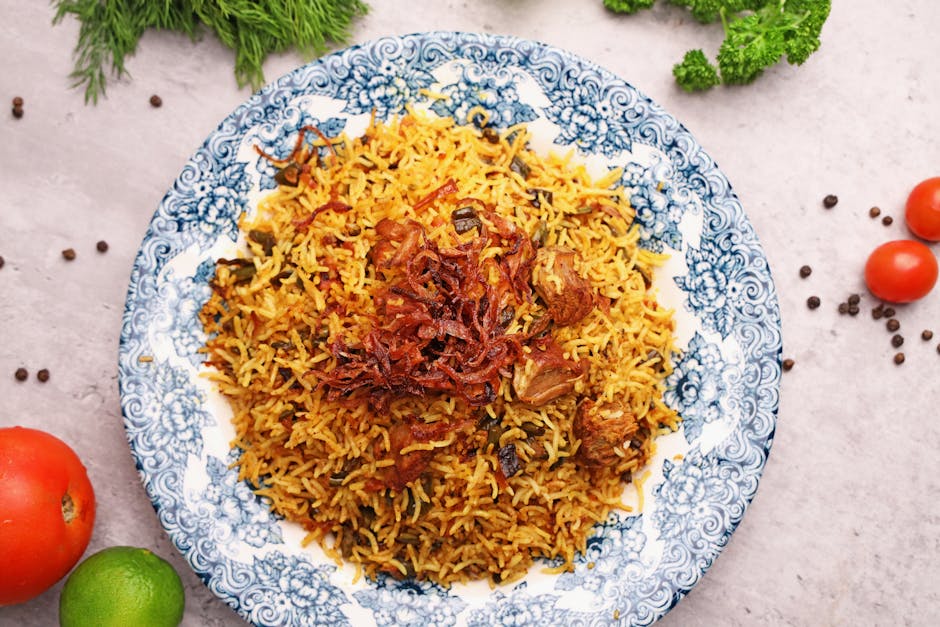
Spices have a rich and colorful history that dates back thousands of years. In ancient times, spices were highly prized commodities that fueled trade routes, shaped empires, and even sparked wars. The quest for spices like cinnamon, pepper, and cloves led explorers on daring expeditions across oceans and continents. Today, we can find a multitude of spices in our local grocery stores, but their historical significance reminds us of the power and allure of these tiny, aromatic treasures.
The Science of Spices: Unlocking the Secrets of Flavor
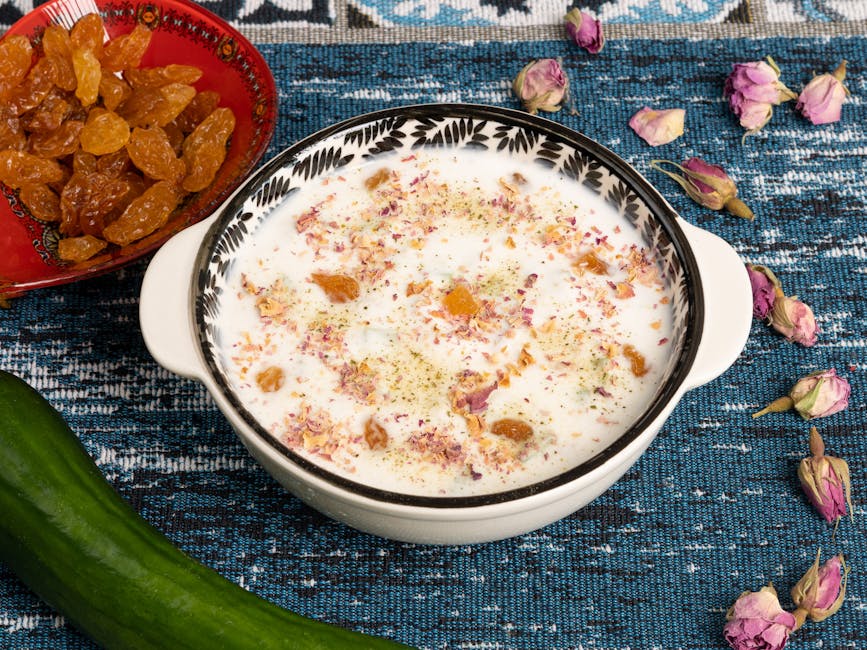
At the core of every spice lies a complex combination of volatile oils, compounds, and flavors that give it its unique identity. Understanding the science behind spices can help us make informed choices when cooking and experimenting with different flavors. For example, the volatile oils in spices like cumin and coriander are responsible for their distinctive aromas, while the compounds in chili peppers create the fiery heat that sets our taste buds tingling. By delving into the science of spices, we can unlock a world of culinary possibilities.
Choosing the Right Spices: A Guide to Flavor Pairings and Combinations
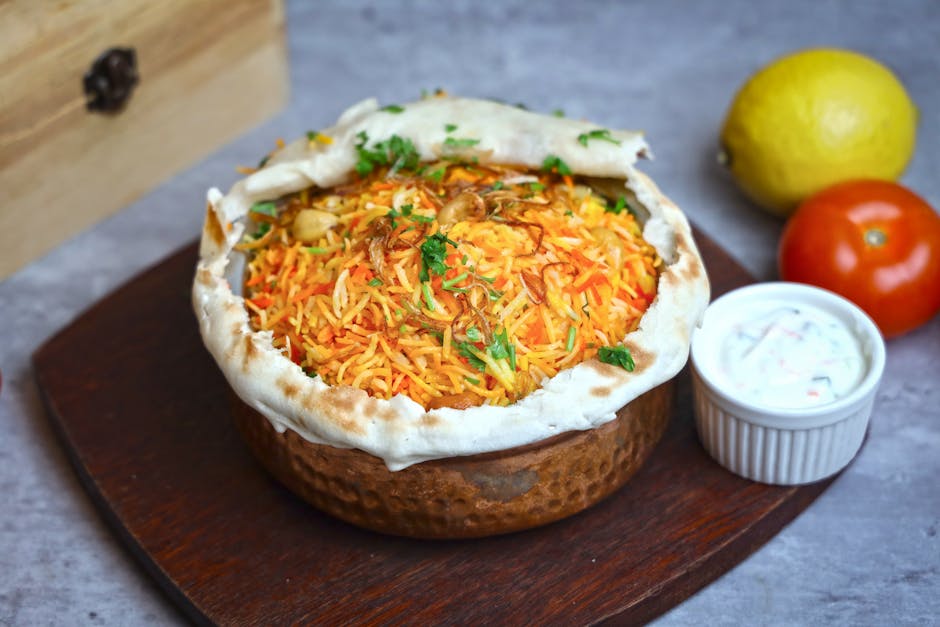
When it comes to using spices like a pro, selecting the right combination of flavors is key. Some spices complement each other beautifully, enhancing the overall taste of a dish, while others clash and overpower the palate. By understanding flavor pairings and combinations, you can create harmonious dishes that delight the senses. For example, the warm, earthy notes of cinnamon pair perfectly with the zesty tang of cloves in a traditional chai spice blend, while the floral sweetness of cardamom can elevate a simple vanilla dessert to new heights.
Techniques for Using Spices: Grinding, Toasting, and Blooming
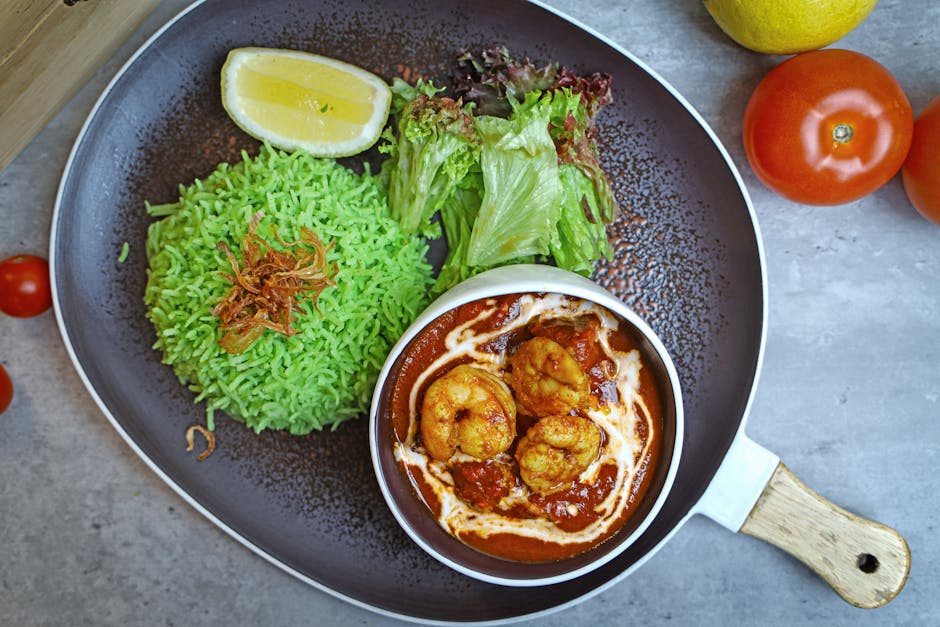
Spices come in many forms, from whole seeds and pods to ground powders and pastes. Each form has its own unique characteristics and uses in cooking. Grinding whole spices just before using them can release their full flavor potential, while toasting spices in a dry pan can deepen their aroma and add a nutty richness to dishes. Blooming spices in hot oil or ghee can infuse a dish with their essence, creating layers of flavor that linger on the palate. By mastering these techniques, you can elevate your dishes from ordinary to extraordinary.
Storing and Preserving Spices: Keeping Flavor Fresh and Intact
Proper storage is essential for preserving the flavor and potency of spices. Exposure to light, heat, and moisture can cause spices to lose their aroma and taste over time. To keep your spices fresh and flavorful, store them in airtight containers away from direct sunlight and heat. It’s also a good idea to label and date your spices to ensure you use them at their peak freshness. By taking care of your spice collection, you can enjoy their full potential in every dish you create.
Experimenting with Global Flavors: Embracing Diversity in Spice
One of the joys of cooking with spices is the opportunity to explore new and exotic flavors from around the world. From the piquant curry blends of India to the aromatic za’atar of the Middle East, each culture has its own unique spice palette that reflects its history, geography, and culinary traditions. By experimenting with global flavors, you can broaden your culinary horizons and discover a world of taste sensations that will delight and inspire your palate. So why not embark on a spice-filled adventure and see where your taste buds take you?
Common Misconceptions About Using Spices
Despite the widespread popularity of spices in cooking, there are still many misconceptions and myths surrounding their use. One common misconception is that all spices are interchangeable, which couldn’t be further from the truth. Each spice has its own distinct flavor profile and characteristics that can’t be replicated by any other. Another misconception is that using more spices will automatically make a dish taste better. In reality, balance is key when it comes to seasoning, and using too many spices can overwhelm the palate. By debunking these myths and misconceptions, you can become a true spice connoisseur and elevate your dishes to new heights.
FAQs About Using Spices like a Pro
1. How do I know which spices to use in a particular dish?
Choosing the right spices for a dish depends on the flavor profile you want to achieve. Experimenting with different combinations and flavors can help you discover what works best for your palate.
2. Is it better to use whole spices or ground spices?
Both whole spices and ground spices have their own advantages. Whole spices have a longer shelf life and can be ground just before using, while ground spices are convenient and easy to incorporate into dishes.
3. Can I substitute one spice for another in a recipe?
While some spices can be substituted for others in a pinch, it’s best to use the spice called for in a recipe to achieve the intended flavor profile. Substituting spices can alter the taste of a dish significantly.
To Wrap Things Up
Using spices like a pro is a skill that can enhance your cooking and elevate your dishes to new heights. By understanding the history, science, techniques, and nuances of spices, you can create culinary masterpieces that tantalize the taste buds and delight the senses. So why not embark on a flavorful journey through the world of spices and unlock the secrets of flavor that have captivated humanity for centuries?

